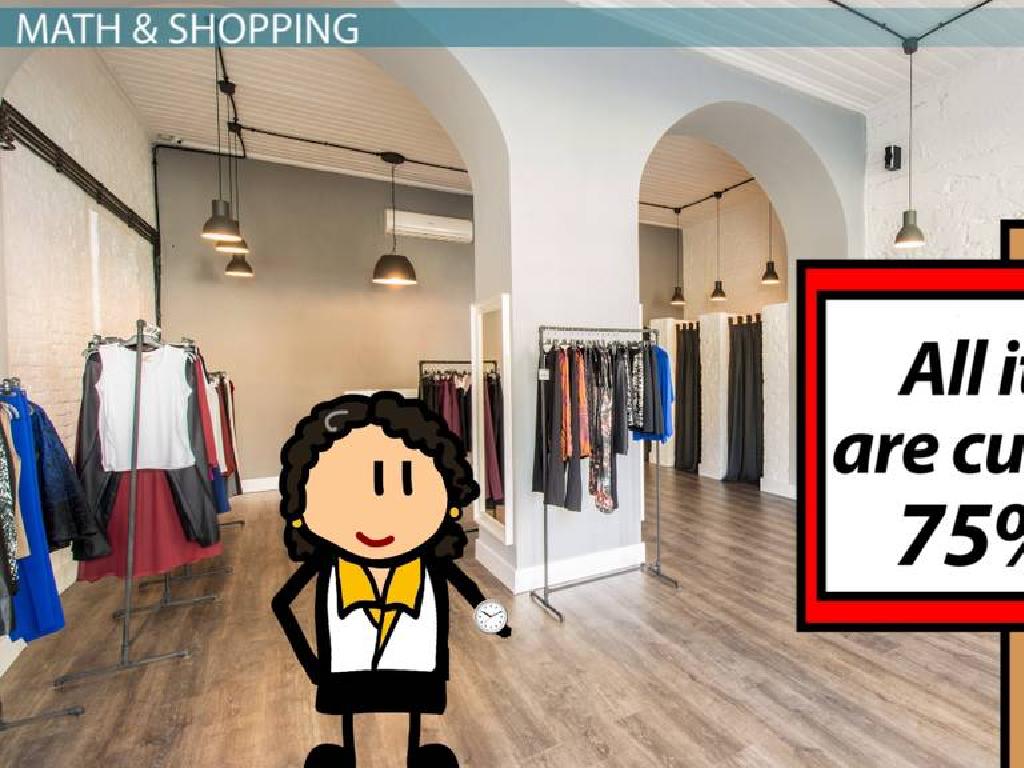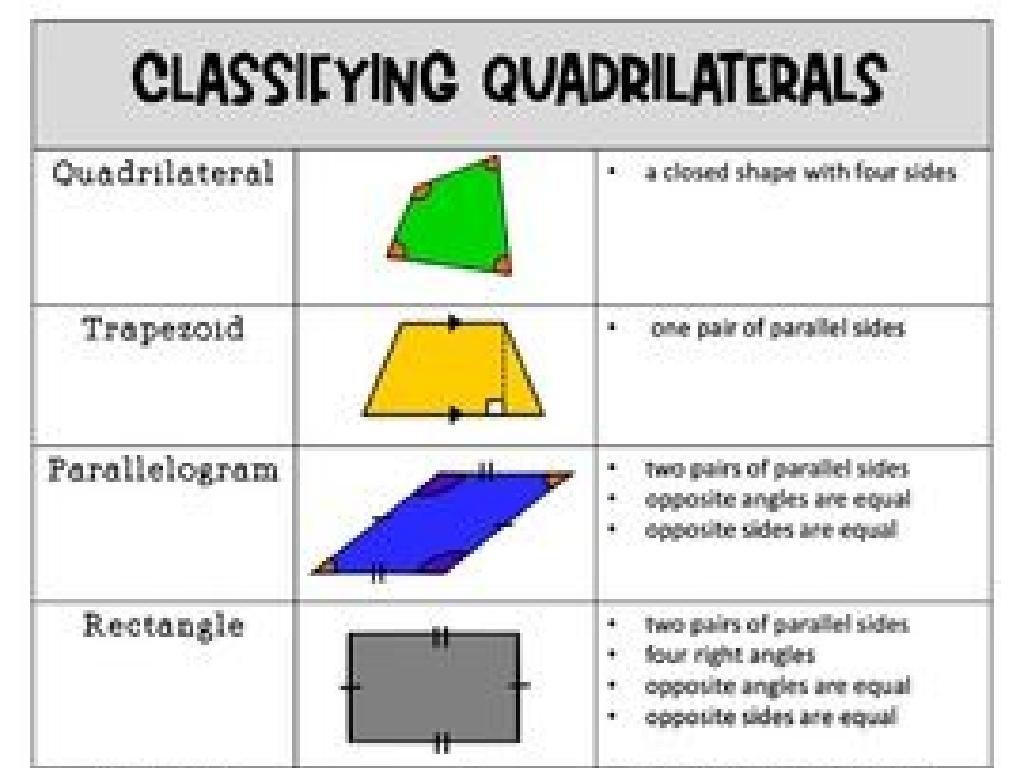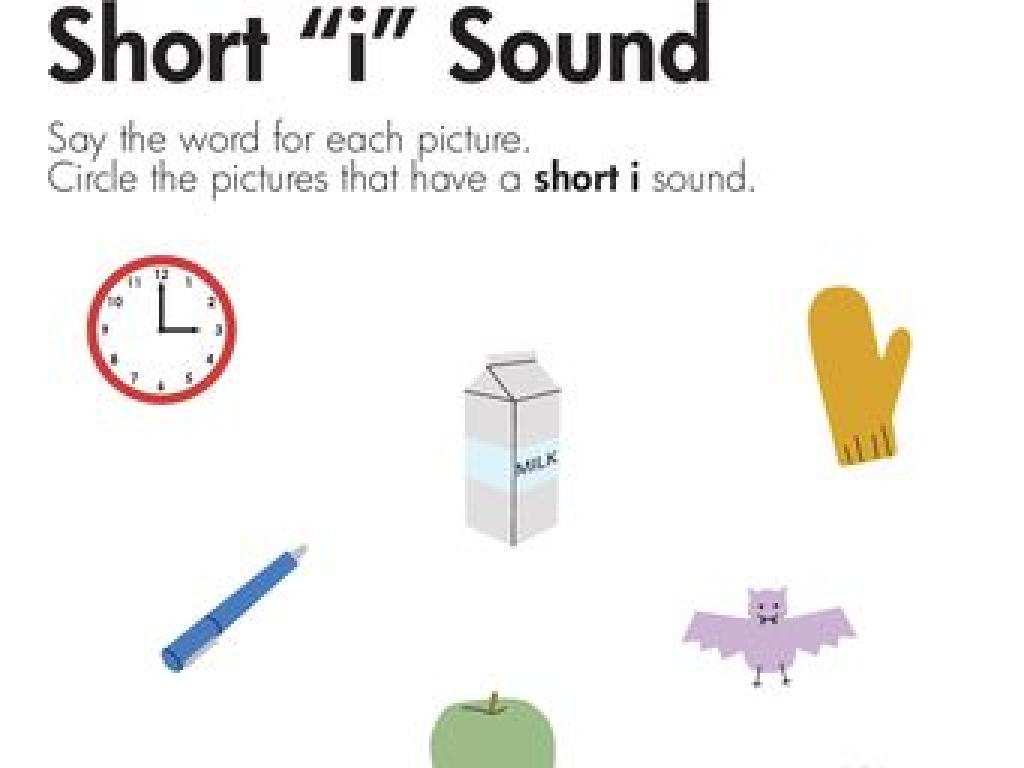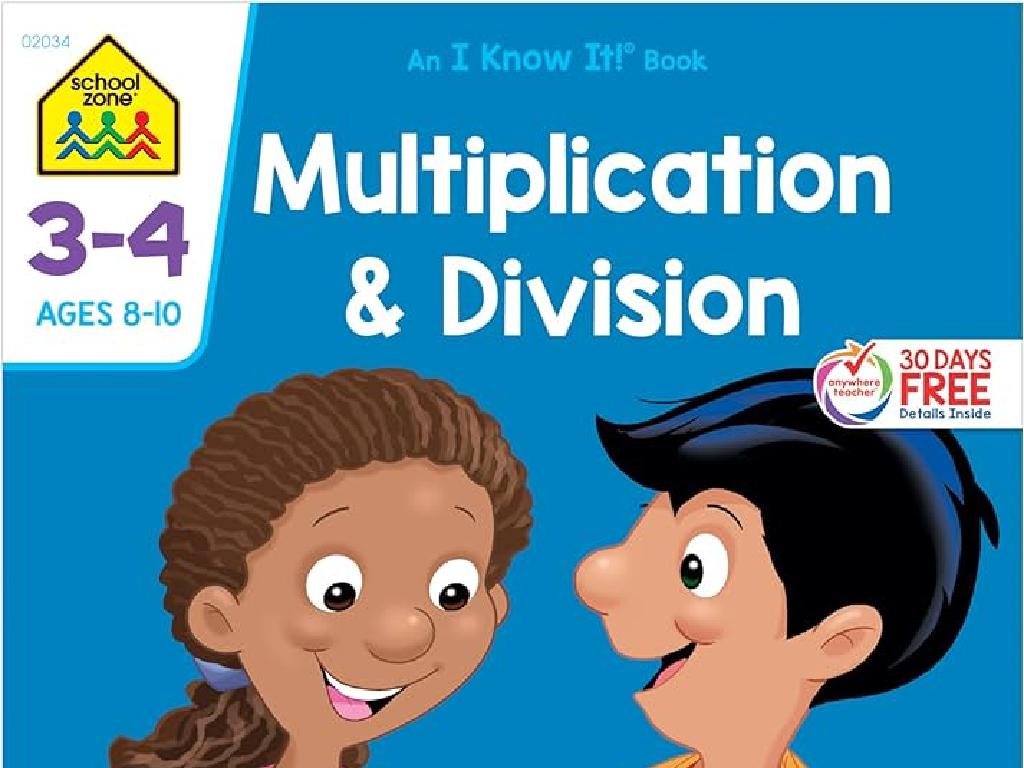How Do Mass And Force Affect Motion?
Subject: Science
Grade: Third grade
Topic: Force And Motion
Please LOG IN to download the presentation. Access is available to registered users only.
View More Content
Exploring Force and Motion
– What is motion?
– Motion is when an object changes its place or position.
– Mass: The amount of stuff in an object
– Heavier things have more mass.
– Force: A push or a pull
– Force can make things move, stop, or change direction.
– How mass and force work together
– A heavier object needs more force to move than a lighter one.
|
This slide introduces the basic concepts of force and motion to third-grade students. Begin by explaining motion as the act of moving or changing position. Discuss mass as a measure of how much ‘stuff’ is in an object, using examples like a backpack being heavier when it’s full of books. Explain force as a push or a pull that causes objects to move, stop, or change direction, such as pulling a wagon or pushing a swing. Finally, illustrate how mass and force interact by comparing how much easier it is to push an empty shopping cart versus a full one. Encourage students to think of their own examples of using force to move objects of different masses.
Understanding Force
– Force is a push or a pull
– Everyday examples of force
– Opening doors, kicking a ball
– Forces cause motion or stillness
– Brakes on a bike make it stop
– Observing force in action
– Experiment with toys that move
|
This slide introduces the concept of force to third-grade students. Begin by explaining that force is simply a push or a pull, a basic interaction that can cause objects to move or come to a stop. Use tangible examples like opening a door or kicking a ball to illustrate forces in everyday life. Discuss how applying force to an object can make it move, while applying force in the opposite direction, like using brakes on a bike, can make it stop. Encourage students to think of other examples where they use force in their daily activities. To reinforce the concept, you can plan simple classroom experiments where students can apply force to toys or objects to observe how they move or stop.
Understanding Mass and Motion
– What is mass?
– Mass measures the amount of ‘stuff’ in an object.
– Mass vs. Weight
– Unlike weight, mass doesn’t change when you go to different places.
– Heavier objects’ mass
– Objects that are heavier have more mass.
– Mass’s role in motion
– The more mass an object has, the harder it is to start or stop moving.
|
This slide introduces the concept of mass as part of our study on force and motion. Mass is a measure of how much matter, or ‘stuff,’ is in an object. It’s important for students to understand that mass is different from weight; mass remains the same regardless of location, while weight can change due to gravity. Heavier objects have more mass, which means they contain more matter. In terms of motion, an object with more mass requires more force to change its motion compared to an object with less mass. Use examples like a backpack filled with books (more mass) versus an empty backpack (less mass) to illustrate these concepts. Encourage students to think about how it feels to push or pull objects of different masses.
Force and Motion in Action
– How force moves objects
– Force is a push or pull that can make things move or stop.
– Mass and force relationship
– Heavier objects need more force to move than lighter ones.
– Small push vs. big push
– A gentle push moves things slowly, a strong push moves them quickly.
– Observing motion changes
– We’ll see how different pushes change how things move.
|
This slide introduces the basic concepts of force and motion, specifically how the mass of an object affects the amount of force needed to change its motion. Start by explaining that force is what causes objects to move or stop. Then, discuss how the amount of mass an object has will determine how much force is needed to move it. Use everyday examples, such as pushing a toy car versus a real car, to illustrate the concept. Set up a class activity where students can experiment with pushing objects of different masses and observe how the size of the push affects the object’s motion. This will help them understand that a larger force is needed to move heavier objects and that the force’s strength affects the speed and distance an object travels.
Gravity: A Special Force
– Gravity pulls us to Earth
– Gravity’s role in motion
– Gravity makes things speed up when they fall
– Do heavy things fall faster?
– We’ll see if heavier objects hit the ground first
– Exploring mass and gravity
– We’ll learn how the weight of objects affects falling
|
This slide introduces the concept of gravity to third-grade students, explaining its fundamental role in motion. Begin by discussing how gravity is the force that keeps us grounded on Earth. Then, explore how gravity affects the way things move, such as how it causes objects to accelerate when they fall. Address the common misconception that heavier objects fall faster by explaining that all objects fall at the same rate due to gravity, regardless of their mass, which can be demonstrated through class experiments. Finally, encourage students to think about how the mass of an object might affect its motion when gravity is acting on it, setting the stage for further exploration and hands-on activities.
Friction: The Force That Slows Motion
– Friction opposes motion
– Friction’s effect on movement
– Friction can slow down or stop moving things
– Various surfaces, varying friction
– Smooth surfaces have less, rough surfaces have more
– Friction in our daily lives
– Examples: Sliding vs. rolling a toy car on carpet vs. hardwood
|
Friction is a force that acts in the opposite direction of movement and plays a crucial role in how objects move. It can cause objects to slow down or even stop. Different surfaces create different levels of friction; for example, it’s harder to slide on rough surfaces than on smooth ones. In this lesson, students will learn how friction affects the motion of objects they interact with every day, like toys and bicycles. They’ll understand that while friction can be helpful in stopping or slowing down, it can also make it harder to move objects. Engage students with hands-on activities, such as experimenting with pushing objects across different surfaces to feel the effects of friction.
Let’s Experiment with Force and Motion!
– Conduct a hands-on activity
– Predict motion’s response to mass
– Guess how heavy objects move differently
– Observe mass affecting motion
– Use different weights to see changes
– See how force changes motion
– Push or pull objects to feel force
|
This slide introduces a hands-on classroom activity designed to help third-grade students understand the concepts of mass and force as they relate to motion. The activity should involve students making predictions on how they think different masses will affect the motion of an object and then testing their predictions by observing real-life examples. For instance, students can use objects of varying weights and roll them down a ramp to see how mass influences speed and distance. They can also experiment with applying different amounts of force to move an object and observe the changes in motion. The teacher should prepare a variety of objects and ensure a safe environment for the students to conduct their experiments. After the activity, students should discuss their observations and what they learned about the relationship between mass, force, and motion.
Class Activity: Push and Roll
– Learn force and motion with toy cars
– Experiment with various push forces
Gentle vs. strong pushes show force effects
– Observe motion changes with car mass
Compare light and heavy cars’ movements
– Discuss our observations
|
This interactive class activity is designed to help students understand the concepts of mass and force, and how they affect motion. Provide a variety of toy cars with different masses. Guide the students to push the cars with different levels of force and observe how far and fast they move. Encourage them to notice that it takes more force to move heavier cars the same distance as lighter ones. After the activity, lead a discussion where students can share their observations and thoughts. Possible variations of the activity could include using a ramp to observe the effects of gravity, timing the cars to see which mass moves faster, or measuring the distance each car travels to quantify the effect of different forces.
Wrapping Up: Force, Mass, and Motion
– Recap on force and motion
– Force makes things move or stop; more force means more speed.
– Mass’s role in motion
– Heavier objects (more mass) need more force to move.
– Observing force and mass around us
– Examples: Pushing a toy car vs. a real car.
– Discuss today’s experiments
– What did you notice when we did the activities?
|
As we conclude today’s lesson, we’ll revisit the key concepts of force, mass, and motion. We learned that force is a push or pull that can make things move or come to a stop, and that the more force we apply, the faster an object can move. We also discovered that an object’s mass affects how it moves; heavier objects require more force to move the same distance as lighter ones. Let’s think about how we see this in our daily lives, like when we push different objects at the playground. Finally, we’ll share our observations from today’s experiments, discussing what surprised us or what we found interesting. This discussion will help reinforce the concepts and ensure that students can apply what they’ve learned to the world around them.
Homework Challenge: Exploring Force and Motion
– Find force and motion examples
– Look around your home or outside
– Draw or describe the forces
– Use drawings or words to explain
– Reflect on what you observed
– Think about how things move or stop
– Get ready to share in class
|
This homework assignment is designed to engage students with the practical aspects of force and motion in their everyday environment. Encourage them to observe different types of forces such as pushing, pulling, gravity, and friction. They should also notice how these forces affect the motion of objects, like how a ball rolls farther on a smooth surface compared to a rough one. Ask them to either draw pictures or write descriptions of their observations. In the next class, create a sharing circle where students can discuss their findings and learn from each other’s observations. This will help reinforce the concepts learned in class and give them a hands-on understanding of how force and motion work together.


/human_history_cities_empires.jpg)



